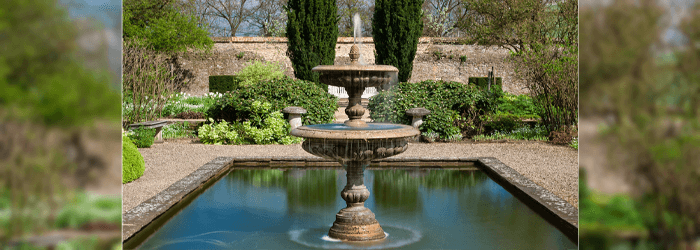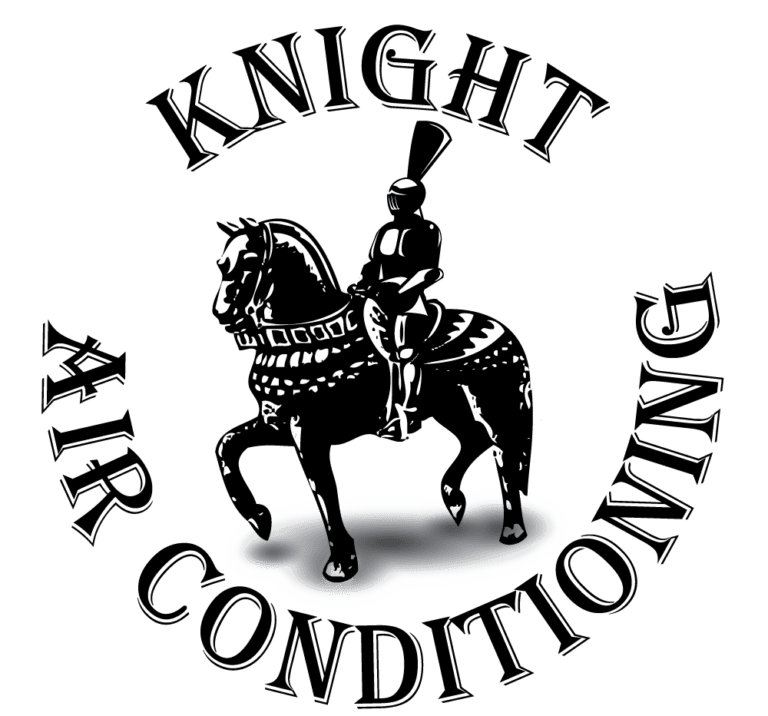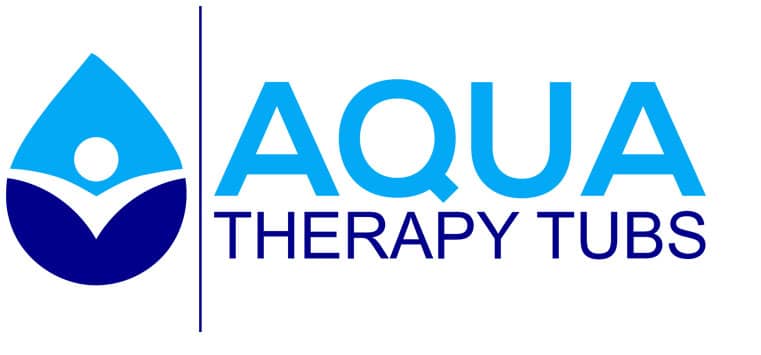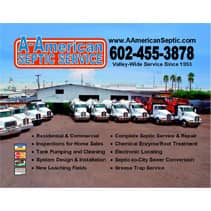Many of us in this great State of Arizona have some semblance of a water feature at our home and/or our place of work. In our vast desert-like environment, the sound and sight of water typically elicit a soothing response. Of course, we are not talking about the raging floods from a storm, but rather a gentler deployment meant for your yard.
The Difference Between Fountains and Ponds
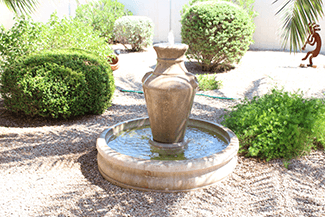 Is there a difference between a fountain and a pond? The answer is a definite YES!
Is there a difference between a fountain and a pond? The answer is a definite YES!
If you go to a store and purchase a big tub (plastic, metal, or concrete), put a water feature in it, and fill it with water, then you have a fountain. Fountains are not usually considered a biological system, whereas a pond definitely is. Fountains can be beautiful additions to your home, inside or out. There are thousands of premanufactured styles to choose from, or you can build your own. What differentiates a fountain from a pond? A pond is a living entity. Ponds contain life-like plants and aquatic creatures including fish, frogs, and turtles.
Paul Holdeman of the Pond Gnome calls his creations “Organic Water Gardens.” Ponds keep aquatic life alive and happy and add beauty and ambiance.
Common Reasons For Putting In A Pond Or Fountain
The short answer is sound and aesthetics. The moving water in a fountain and pond creates a soothing background sound that can help reduce the impact of noise off your property, such as neighbors, air conditioning units, road noise, and other background urban noises. Paul cautions us that the sound created by a pond or fountain will not drown out an 18-wheeler but will blend with the outside noise that becomes less noticeable. Sound is a significant component designers use to create a more amiable environment. We have all experienced the calming effect sound can have on our psyche. From music to flowing water, sound plays a large role in our perception of space.
Aesthetics speaks more to a sense of places or something’s beauty, how things look. Fountains and ponds add vibrancy to a space. The movement of water and decor provided by a fountain can be bold or subtle. A pond can be large or small and adds the dimension of biodiversity. It is a living contribution to your special place.
What Entails Maintaining A Fountain Or Pond?
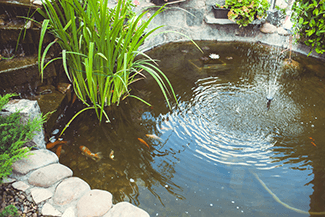 There is a difference in maintenance. The fountain, assuming it is not in a pond, is typically treated like a swimming pool. The goal of a fountain is to add beauty and atmosphere to a place.
There is a difference in maintenance. The fountain, assuming it is not in a pond, is typically treated like a swimming pool. The goal of a fountain is to add beauty and atmosphere to a place.
Starting in the spring, drain your fountain if you did not do that in the winter. Once drained, look for any hard water deposits and remove them. A mild acidic mixture of 50/50 water and vinegar with elbow grease will remove the hardness. Check if any surfaces need repair or painting. If your pump was stored dry, the seals might be compromised. Pumps should be stored in a bucket of water, in the garage. Having taken care of the start-up process, you are now ready for the warm months.
The size of the fountain will depend on the equipment needed to maintain clear water and not allow the build-up of algae or any other manner of things that might impact the aesthetics negatively. With a fountain, you may want the water to remain clear to highlight the fountain’s design features including colors. By adding chlorination into the water, algae is controlled but can shorten fountain pump life, it can be harmful to wildlife, and the odor can be off-putting. We recommend using an odorless, mild algicide (like Algaefix) and occasional water changes to keep fountains clean and healthy.
The maintenance of a pond is quite different. In a pond, you want plants and wildlife to thrive in the water. Paul explains that the filtration system in a living pond is like a condo for zooplankton and beneficial bacteria. That living biological filter and a myriad of other plants, fish, and insects are Mother Nature’s janitorial service keeping the water clean and healthy! Living ponds are generally not filtered for particles, but are designed to establish a natural ecosystem that, when properly built and maintained, balances itself into a naturally clear water pond. If the water in your pond becomes murky, the balance of living things is off and can be corrected. Rosie strongly suggests that if you are not sure of the steps to take, contact a professional before causing further damage to the fragile ecosystem you have going on in your pond.
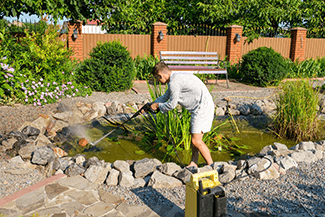 Springtime is the ideal time to do some annual maintenance on your pond. Start by draining the pond (after placing them in a holding tank), and cleaning out the leaves, bug carcasses, and fish poop down to the pond’s base. Paul told us this “stuff’ you are removing is called “mulm.” Mulm should never get to more than two inches deep in the pond because the methane gas that is produced by the decomposition of the organic matter affects the oxygen levels of the pond water which can kill the wildlife in your pond. Paul notes if you aerate your pond, this problem is less likely to occur. A good idea to complete the task once you start in case of brownouts or power outages. As with fountain pumps, you should check your pump’s seals and oil levels. Most small pumps use light mineral oil as a lubricant. Once these tasks are completed for the year, you can again enjoy your pond (after you return the fish, of course).
Springtime is the ideal time to do some annual maintenance on your pond. Start by draining the pond (after placing them in a holding tank), and cleaning out the leaves, bug carcasses, and fish poop down to the pond’s base. Paul told us this “stuff’ you are removing is called “mulm.” Mulm should never get to more than two inches deep in the pond because the methane gas that is produced by the decomposition of the organic matter affects the oxygen levels of the pond water which can kill the wildlife in your pond. Paul notes if you aerate your pond, this problem is less likely to occur. A good idea to complete the task once you start in case of brownouts or power outages. As with fountain pumps, you should check your pump’s seals and oil levels. Most small pumps use light mineral oil as a lubricant. Once these tasks are completed for the year, you can again enjoy your pond (after you return the fish, of course).
Getting Started
Your first step is to decide the type of water feature you want by understanding your desired outcome. Most decisions revolve around sound and aesthetics. Spend some time researching alternatives. Looking at and listening to YouTube is a good start. Justin Rohner, Agriscaping Technologies has a couple of informative videos about incorporating edible plants which would be a great complement to any pond or fountain feature.
Do you want a fountain, pond, or both? Once you have selected a direction, this is the time to decide if this is a DIY project or one for professionals. The process for deciding how to approach this project is not different.
If you want to hire a professional, check out Rosie’s How To Choose A Contractor Consumer Guide. In this arena, after you have selected a few contractors to interview, visit their completed projects and take the time to talk with past clients to determine if their goals were met. Ask them if there is an outcome they did not anticipate and what they might do differently if they could do it over.
Don’t skip these important steps. This is an investment in your home, and you deserve all the peace of mind you can get!
Be sure to implement water safety practices when incorporating a pond or fountain in your yard.
Home Maintenance To-Do | #Fountains&Ponds
###
PODCAST
Discussion on water features like fountains or living ponds that can make a soothing accent to your home. Our Tucson Partner Omni Pool Builders talks about a water feature design that went to a whole new level. Plus, we visit with our other Tucson partners during the SAHBA Home Show: Pella Windows And Door and Rebath Of Tucson.
Podcast Archive With Expanded Content and Resources
PHOTO CREDIT
- Shutterstock

